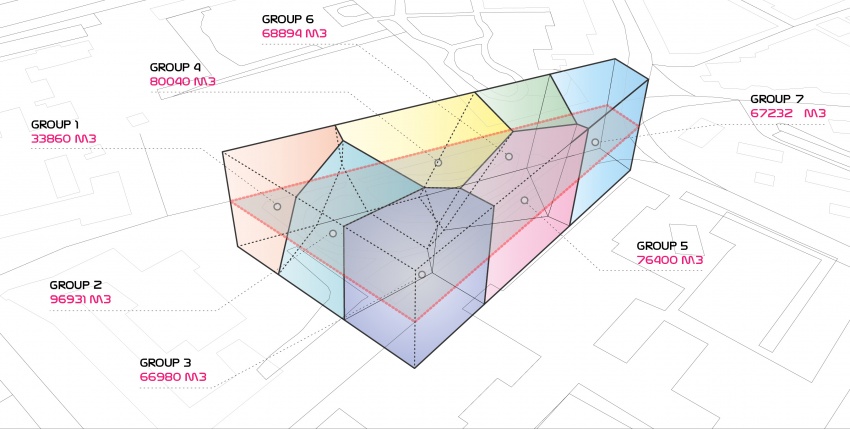WorkshopB:frontpage
DATA-DRIVEN DESIGN INTERACTIONS
Tuesday, September 24th 2013 from 09:45am – 17:45pm (whole-day workshop).
Room 3.99 - Faculty of Civil Engineering and Geosciences (CiTG)
Workshop Tutors: Achilleas Psyllidis (Coordinator) Gijs Joosen (Morning session) Matteo Baldassari (Afternoon session)
The Architect has to be also an Information Designer. The Workshop engages with a systematic approach of data-driven design and its direct implementations in decision-making, collaborative design and interactive modeling procedures. As an integral part of the wider MSc1 Design Studio project, it aims to introduce the students to various methodologies, with which they can leverage the vital data for their design proposals, as well as communicate them with different stakeholders and, further, utilize them in the modeling design process. Students will familiarize themselves with data acquisition, parsing and re-distribution mechanisms. For it is important to not solely mine different data sets, but rather extract the patterns emerging from them and elaborate on how these patterns, eventually, relate with the design decisions. As a result, the workshop will focus on one part of the wider urban sensing methodology, which is data acquisition, interpretation and exchange/negotiation. More elaborate experimentations on physical sensor and actuator technologies will be covered during Workshop #2: Interactive Body (Sep 30th - Oct 4th, 2013).
The main objective will be distributed into two, strongly interrelated, sessions;
A. The first (morning) session will focus on Data Exchange procedures
All students should have already prepared a proposal on what challenges (besides the central one, which refers to climate control) they want to tackle with their projects and what aspects they consider as more valuable to negotiate with their immediate neighbors. Taking this into consideration, students should already have a list of what kinds of data they have in need, in order to systematically approach their problem definition.
Issues to be covered in this session: How can different data sets form an integral part of the design process? How can we acquire, parse and re-distribute data in an interactive manner? How is data communicated between different stakeholders (collaborative design).
B. The second (afternoon) session will focus on the impact of the aforementioned data exchange procedures on the Voronoi diagram
Students will actively elaborate on how to interactively negotiate the boundaries of each land parcel between the groups. Decision-making processes will, thus, form the center of attention for this particular session. Students will be aware of the repercussions their decisions have to both their individual parcel and the wider lot.
Issues to be covered: Decision-making, boundaries negotiation, incorporation of data exchange in the modeling process.
